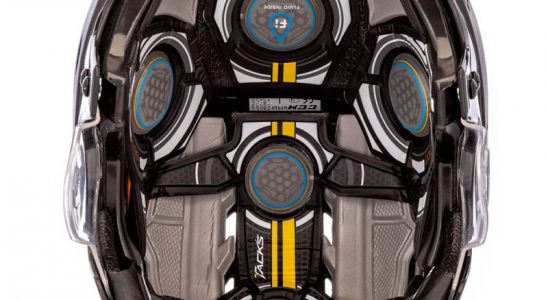Realities and Truth – The Real Story of Soccer Concussions and Heading
Soccer concussions don't come from heading the ball as much as you'd think. Read about soccer concussion myths, facts, prevention,…
Read More
I had been training for 16 weeks for my race, and the main event was a mere 3 days away. I was feeling great, a little nervous, but generally well prepared and excited to challenge my previous half-marathon time. It was a beautiful Thursday morning, I was walking my dog around the block and ‘BAM’ stepped off a curb, lost my balance, and twisted my ankle. Just my luck.
When dealing with an injury it is important to define the difference between an acute injury and a chronic injury. Acute injuries happen quickly. A good example would be my twisted ankle scenario above. I knew exactly when and how the injury occurred. Chronic injuries on the other hand, may take weeks, months or years to appear, and take considerable time to heal.
If an acute injury happens, and it is a major injury or you are not sure the degree of the injury, please seek appropriate care with a sport therapy professional immediately. If however, you are confident it is a minor injury, you can use a number of strategies to help speed your recovery.
Remember the old acronym “R.I.C.E.” (Rest, Ice, Compression, Elevate)?
Science has guided modification of the outdated version to the more supported version of “D.I.C.E.” which stands for:
To “De-load” the injured area means you take excessive pressure off, but maintain as much movement as is comfortable. So in the twisted ankle example, weight-bearing to tolerance and keeping the ankle joint moving in all directions would be recommended. Or, depending on severity, not weight-bearing at all and just keeping the ankle mobile.
Second is “Ice” or application of cold (it doesn’t have to be ice). In most cases of soft tissue trauma this is recommended to help reduce pain and decrease blood flow to the area. 1 (We will expand upon cooling vs. warming an injured area in a future blog post).
Third is “Compression”. The easiest way for controlled compression is in the form of a medical grade sleeve/sock etc. to reduce blood flow to the injured site. 2 A tensor bandage from your first aid kit is not the same thing.
Lastly is “Elevation”. Bring the injured area above the level of the heart (if possible) to decrease the blood flow to the area.
Next time you have a minor acute injury, remember the acronym D.I.C.E to help get you better, faster.
Soccer concussions don't come from heading the ball as much as you'd think. Read about soccer concussion myths, facts, prevention,…
Read MoreIn today's fast-paced world, being a young and active woman often means juggling multiple responsibilities, from career ambitions to personal…
Read More
Hockey, a high-energy sport combining skill and strength, has witnessed an increased focus on player safety in recent years. The…
Read More